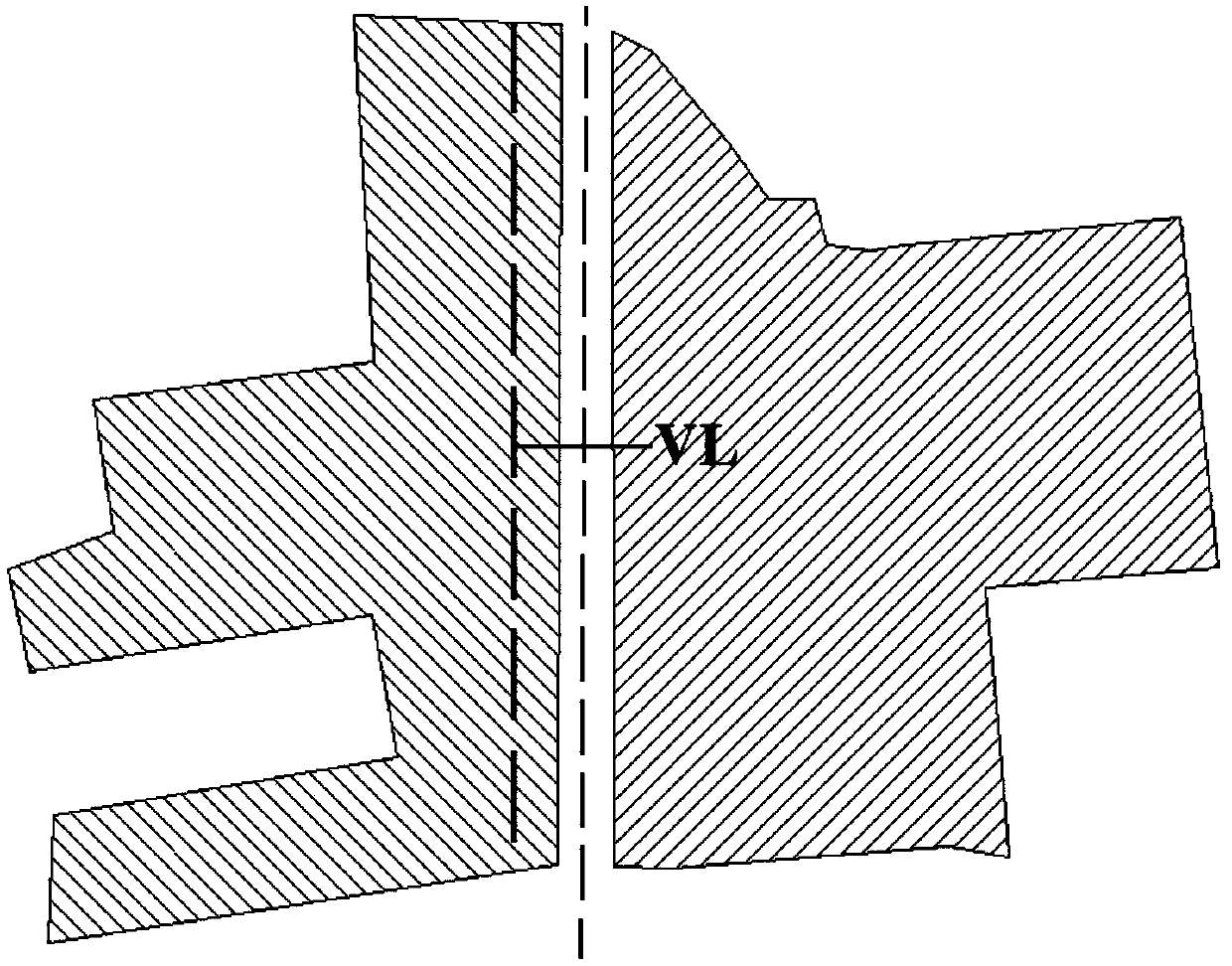Complex planar element automatic edge connection method based on a picture grid indentation technology
A complex surface and element technology, applied in the field of automatic edge joining of complex surface elements, can solve problems such as small quantity, gap between production and practical application, lack of edge processing, etc.
- Summary
- Abstract
- Description
- Claims
- Application Information
AI Technical Summary
Problems solved by technology
Method used
Image
Examples
Embodiment Construction
[0031] The preferred embodiments of the present invention will be described below in conjunction with the accompanying drawings. It should be understood that the preferred embodiments described here are only used to illustrate and explain the present invention, and are not intended to limit the present invention.
[0032] The invention can be used to realize fast and automatic border joining of massive complex planar element data. The raw data it processes are figure 1 As shown, the edge object to be connected is figure 1 The two area objects represented by the shadows on both sides. Its implementation steps are as follows.
[0033] S1. Perform buffer processing on the linear map grid data according to the border tolerance value (the preset border tolerance is q) to form a buffer zone, and spatially intersect the area vector data to be bordered with the buffer zone (Intersect) relationship judgment, select the area vector data that intersects with the buffer zone to create ...
PUM
 Login to View More
Login to View More Abstract
Description
Claims
Application Information
 Login to View More
Login to View More - R&D
- Intellectual Property
- Life Sciences
- Materials
- Tech Scout
- Unparalleled Data Quality
- Higher Quality Content
- 60% Fewer Hallucinations
Browse by: Latest US Patents, China's latest patents, Technical Efficacy Thesaurus, Application Domain, Technology Topic, Popular Technical Reports.
© 2025 PatSnap. All rights reserved.Legal|Privacy policy|Modern Slavery Act Transparency Statement|Sitemap|About US| Contact US: help@patsnap.com



